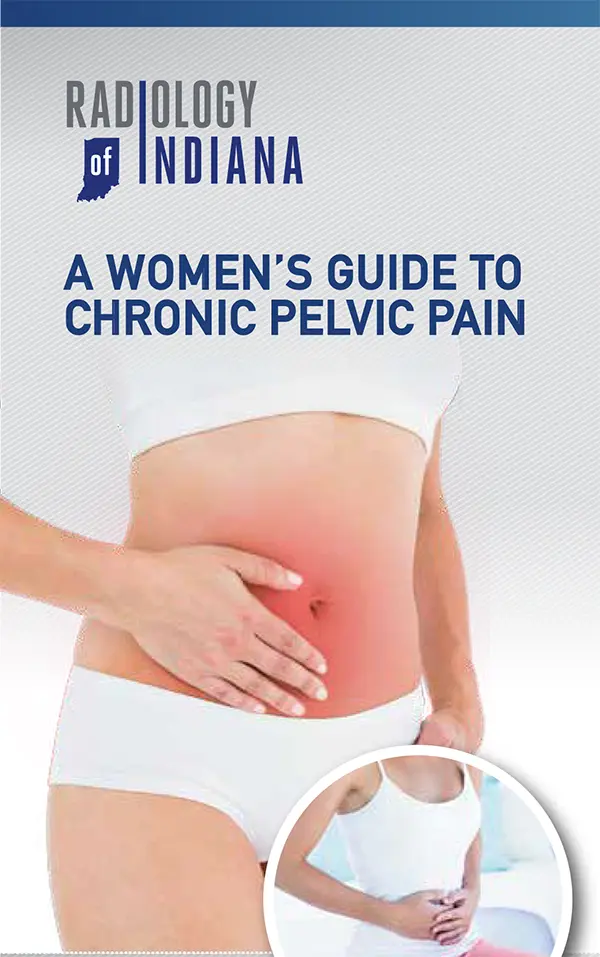What is Pelvic Congestion Syndrome (PCS)?
Pelvic Congestion Syndrome (PCS) is a condition in which veins that normally surround the uterus and ovaries become stretched, swollen and tender. These pelvic “varicose veins,” similar to the varicose veins that commonly occur in legs, can cause severe pressure on the female pelvic organs. In PCS, the valves that control blood flow in the pelvic veins malfunction, allowing blood to back flow and pool in the pelvic veins, causing pressure and pain.
Do you have chronic pelvic pain, which may feel like pressure, fullness or throbbing? Has testing ruled out a cause? You may have Pelvic Congestion Syndrome, which has a minimally invasive treatment.
What are the symptoms of PCS?
The syndrome typically affects women age 20 to 50. Women with PCS can have a history of pelvic pain that has been present for more than six months and even for years. It can feel like an intense painful fullness or throbbing in the pelvis. The pain generally worsens later in the day and can be particularly significant after long periods of sitting or standing, after sexual intercourse or during menstruation.
How is PCS detected?
Women with chronic pelvic pain often have a history and physical examination with their gynecologist or family physician. The next step is consultation with an interventional radiologist for diagnosis and possible treatment. Depending on each patient’s situation, other x-ray imaging including a pelvic venogram may be necessary to make a final diagnosis.
What is the treatment of PCS?
Pelvic Congestion Syndrome can usually be treated by a procedure called transcatheter pelvic vein embolization. Embolization involves blocking the blood flow in the problematic vein. The interventional Radiologist places a small catheter, about the size of a piece of spaghetti, in a vein in the groin or neck. With the guidance of an x-ray camera, the tip is directed into the veins surrounding the uterus and ovaries. Tiny stainless steel coils or a liquid agent are passed through the catheter to block the abnormal veins. Once the veins are closed off, the pressure and congestion are relieved over time and, for most women, the pain is greatly reduced or completely stopped.
What can be expected on the day of the procedure?
No special preparation is necessary for this procedure with the exception that no foods or liquids should be taken by mouth after midnight before the procedure. Regular medications may be taken with a small amount of water the morning of the procedure. Prior to the procedure, patients are admitted to the observation unit at the hospital where an IV will be started and lab work will be done. Patients should anticipate one to two hours for check-in and preparation for the procedure. The procedure is performed while the patient is awake, but sedated. Pain medication will be administered. The procedure itself takes about one hour.
What can be expected after the procedure?
Patients are closely observed in the hospital for several hours after the procedure. For the majority of patients, there will be some pelvic pain that is controlled with pain medications as needed following the procedure. Most patients are discharged on oral medication. Follow-up appointments are necessary with the interventional radiologist after the procedure at six months.
What are the results?
Significant or complete improvement has been seen in up to 80 percent of patients. If symptoms reoccur, they are usually much milder than before the procedure. Patients report that their quality of life is greatly improved.




